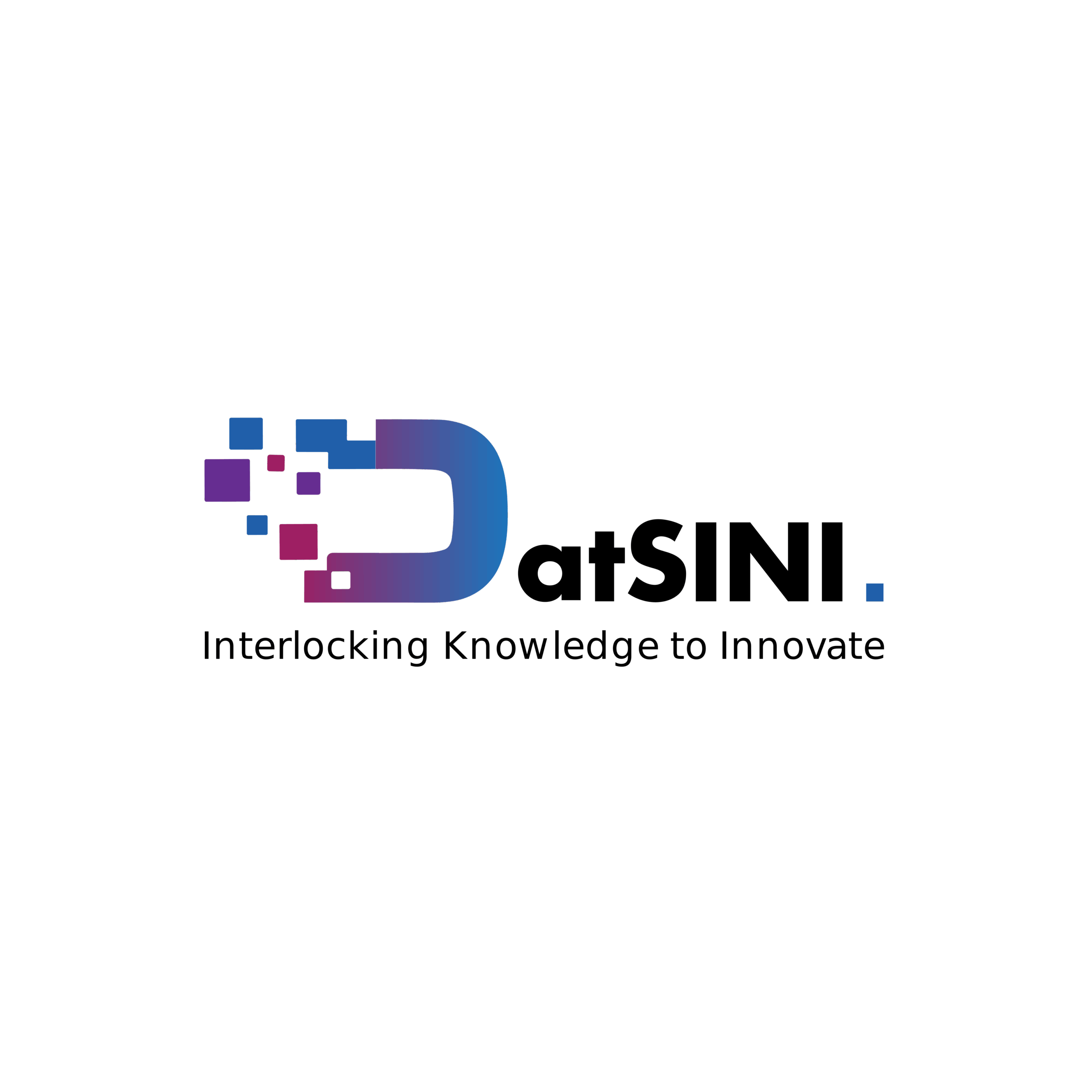Endurant vs Perdurant Knowledge
In today’s digital world, where data fuels almost every aspect of our lives, understanding how things exist and evolve over time has never been more important. This is where two fascinating concepts endurant and perdurant knowledge come into play. Endurants are like the solid landmarks in our world: a product listed in an online store, a customer profile in a company’s database, or even the chair you’re sitting on right now. These are entities that exist as whole units at any given moment, staying the same regardless of when you look at them. Perdurants, on the other hand, are all about movement and change. They describe activities and events that unfold over time, like a customer making a purchase, a patient’s hospital journey, or a movie streaming on Netflix. Modern information systems can’t survive on endurant knowledge alone. While it gives us the structure to store data, it falls short when we need to model dynamic, time-sensitive processes in today’s fast-paced, service-driven world.
This difference isn’t just theory, it shapes the way organizations build and connect their systems. Consider Amazon’s sprawling supply chain or the complex web of national healthcare systems. In these environments, actions and events are just as crucial as static records. A hospital system, for instance, doesn’t just store a patient’s personal details (endurant); it also needs to track their ongoing care like appointments, lab tests, surgeries of which, all are perdurants. Traditional data models, heavily weighted toward endurants, often stumble when trying to capture these evolving relationships. These challenges can be tackled by extending perdurant concepts from ontologies like DOLCE and weaving them into UML profiles. This innovative approach allows developers to map not only the “things” in a system but also the “happenings” that give those things meaning in real life.
As businesses and governments push for smarter, more responsive systems, blending endurant and perdurant knowledge has become less of a choice and more of a necessity. Endurants help us identify what exists, while perdurants reveal how those things transform over time. Together, they provide a complete picture not just a still image of the world but an entire movie of its ongoing story. This perspective is critical in an era powered by AI, IoT, and real-time analytics, where understanding both states and processes can make or break digital transformation efforts. Ultimately, the future of interoperable systems depends on recognizing that our digital environments aren’t built solely from static objects, they are alive with events. Bridging these two realms could be the key to creating systems that are not only smarter but also more resilient and adaptive to change.
As Malaysia accelerates its digital transformation, the fusion of endurant and perdurant knowledge is becoming a necessity, not a luxury. In smart farms, endurants help define assets: plots, crops, sensors, and farmers. Perdurants map the flow of activities and environmental changes that determine success or failure. Together, they provide systems with a 360-degree perspective: not just a still photograph of the farm but a full-length movie of its journey across seasons. This dual perspective is vital in an age dominated by AI, IoT, and big data analytics, where understanding both states and processes enables more intelligent responses. For example, a smart farming system can recognize not only that a plot exists and is planted with lettuce but also monitor its growth stage, predict harvest dates, and adjust irrigation schedules in real-time based on weather forecasts and soil moisture readings. This dynamic integration ensures resilience and adaptability in a sector highly vulnerable to climate change and market fluctuations.

Muhammad Arif Riza
Ontologist,
Datsini Sdn Bhd,

